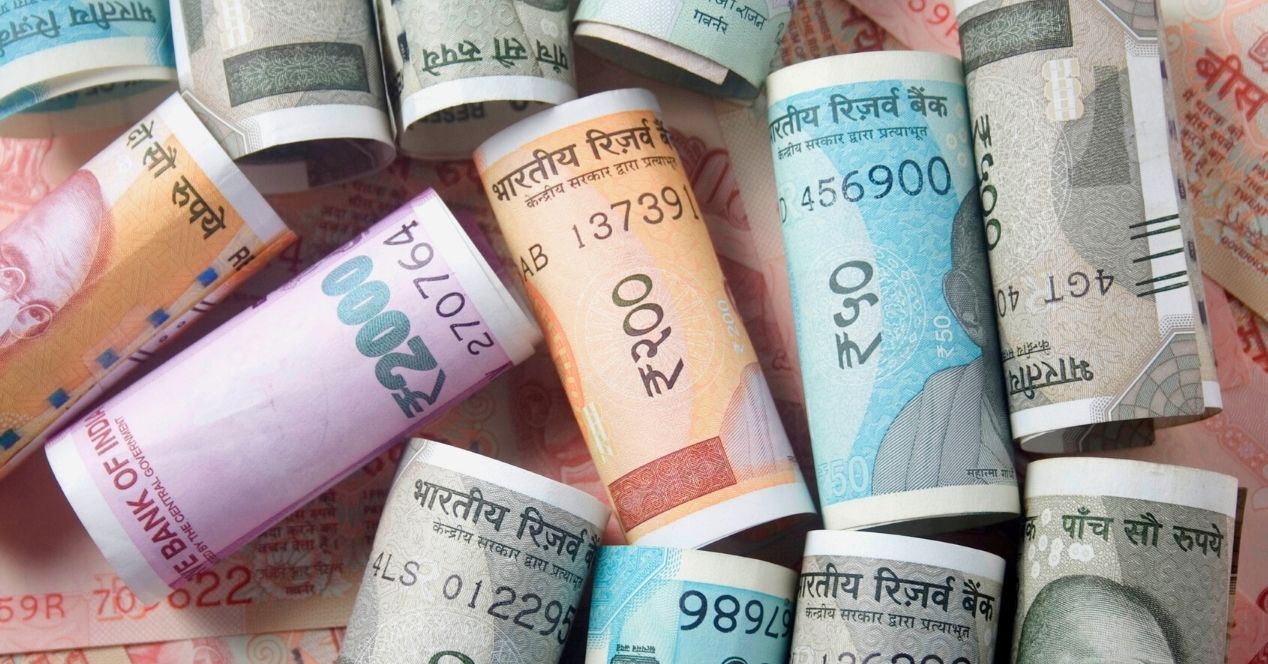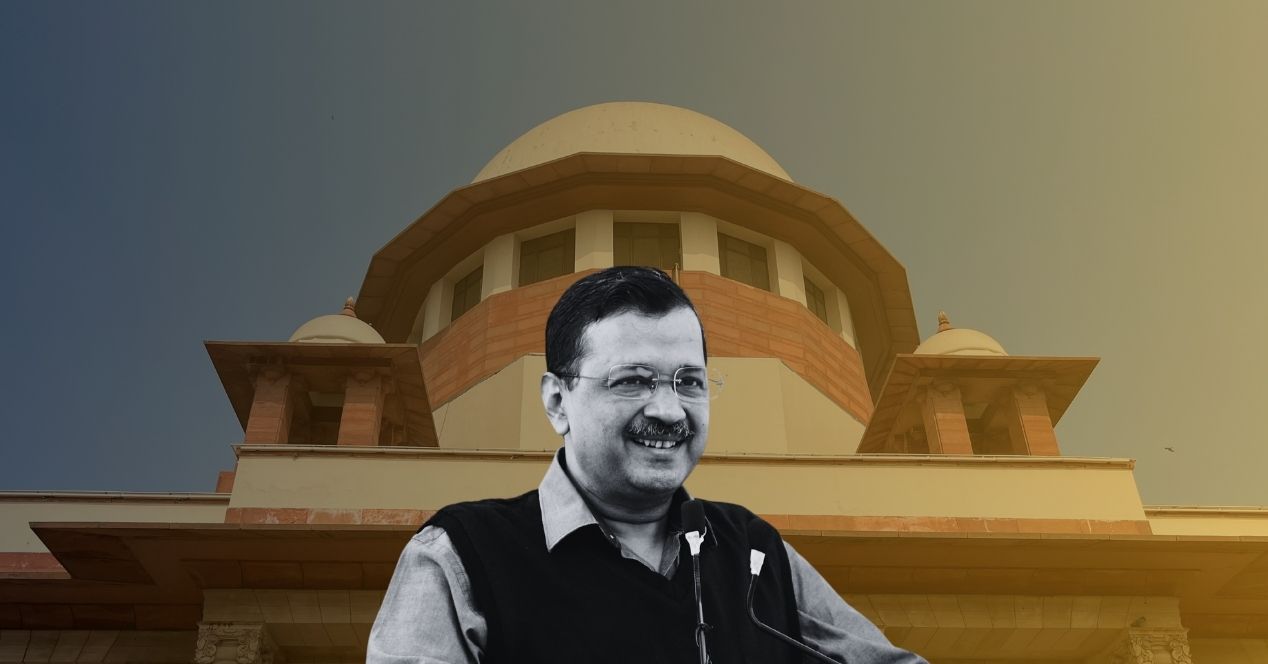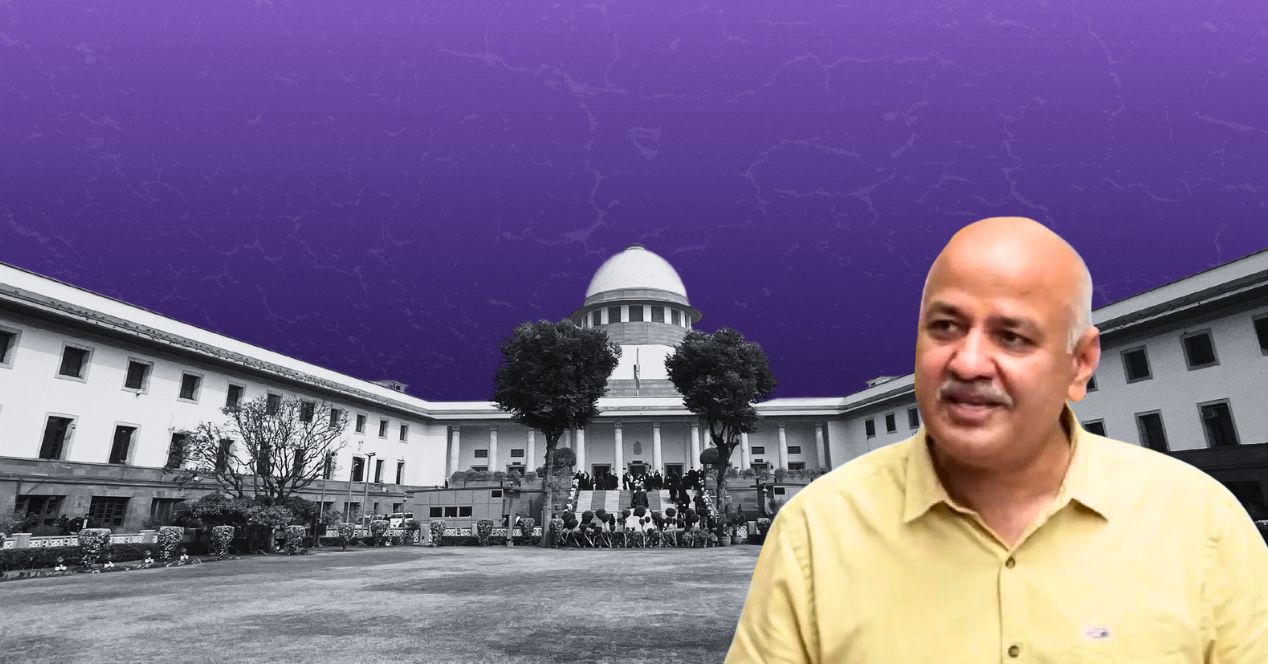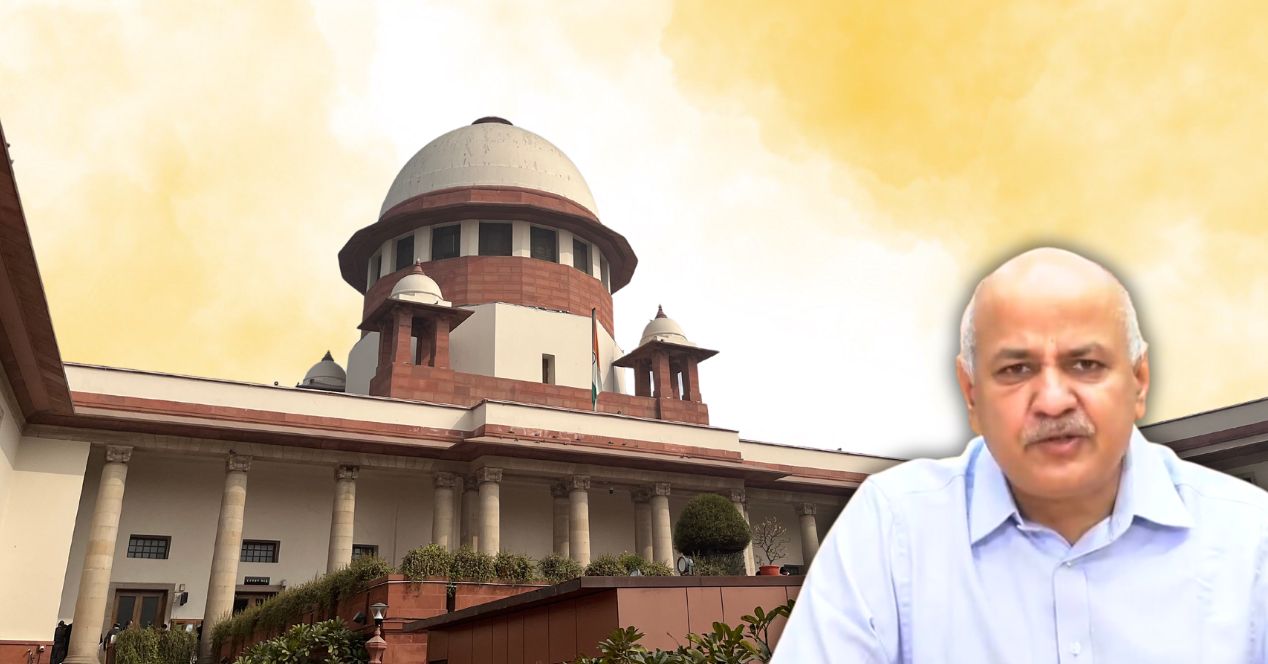Analysis
In Prem Prakash, the Supreme Court takes another step away from Vijay Madanlal
By drawing on the ‘bail is rule, jail is exception’ proposition in a PMLA case again, the Court may have softened its 2022 interpretation
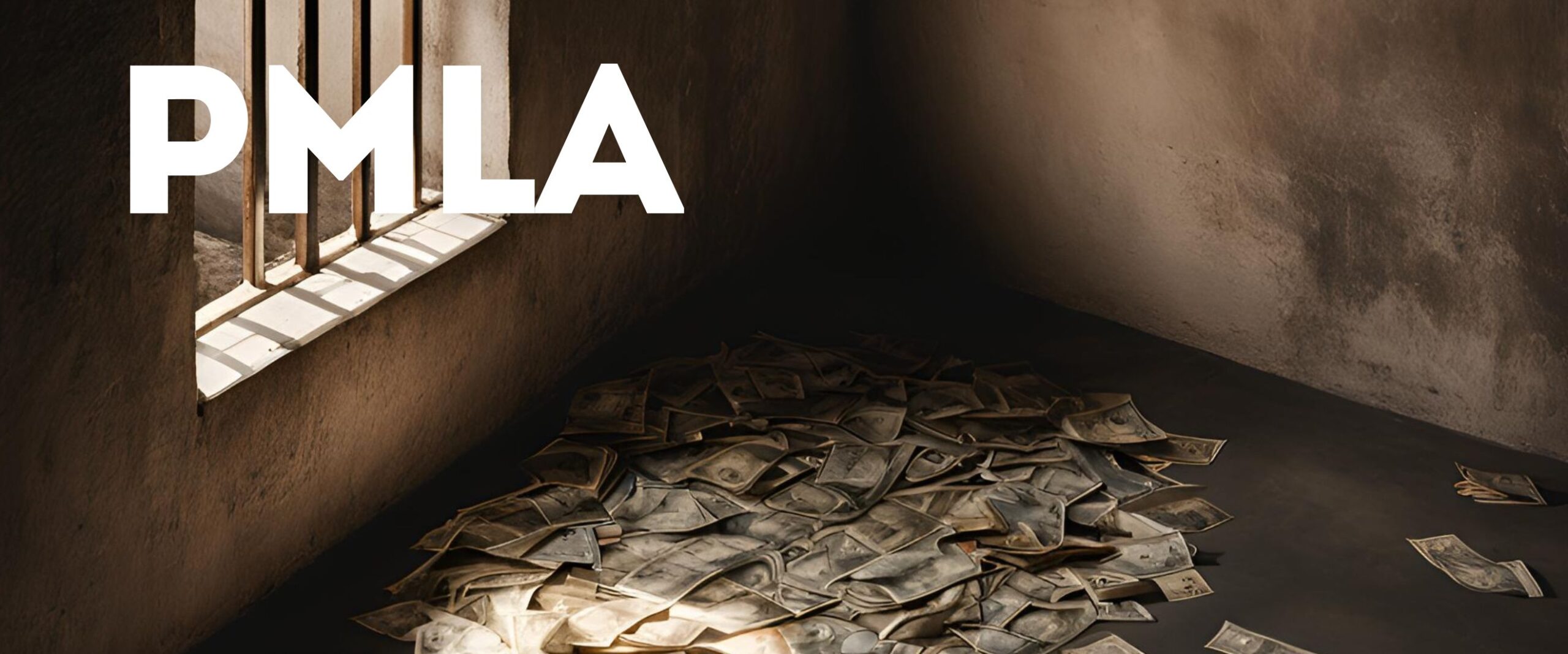
On 28 August 2024, the Supreme Court granted bail to Prem Prakash, aide to Jharkhand Chief Minister Hemant Soren, in a Prevention of Money Laundering Act, 2002 (“PMLA”) case. The Court relied on its 9 August decision granting bail to Manish Sisodia, a key figure in the Aam Aadmi Party, who had been arrested on PMLA charges in the Delhi Liquor Policy scam.
In Sisodia’s case, the Court relied on the proposition that “bail is the rule, jail is the exception.” By expressly calling it back in Prem Prakash, the Court seems to have confirmed that this legal proposition applies to money laundering cases.
Prakash had allegedly orchestrated a series of transactions, with real estate changing hands between his associates and their holding companies. Prakash had been arrested by the Enforcement Directorate (ED) in a different case in August 2022. He was sent to judicial custody in the present case in August 2023.
Vijay Madanlal and bail under the PMLA
Section 45 of the PMLA, titled “offences to be cognizable and non-bailable”, lays down a twin condition for bail:
- The Public Prosecutor has the chance to oppose bail; and,
- The court believes there are reasonable grounds that the accused is innocent and that they are not likely to commit an offence during the bail period.
In Vijay Madanlal Choudhary v Union of India (2022), the language of the PMLA was construed as setting “stringent” conditions for bail. The Court noted that special procedures were needed to tackle crimes like money laundering, which could have “[a] transnational impact on the financial systems including sovereignty and integrity of the countries.”
The Court referred to other pieces of legislation where similar conditions were upheld. The judgement said that the language of the bail conditions did not require courts to “weigh the evidence meticulously but to arrive at a finding on the basis of broad probabilities.” In the view of the Court, the conditions were reasonable because they did not “impose absolute restraint on the grant of bail.”
In a sense, the bench justified the PMLA’s strict bail conditions by stressing on the seriousness of the crime. Yes, bail would be harder to grant, but it was not impossible, and it was only for a particularly insidious crime—money laundering.
Since then, the Court seems to have softened its stance.
Liberty, evidence and the ‘travesty of justice’
“Bail is the rule, jail is the exception,” the Prakash Court held. It was a paraphrasing of Article 21, itself only eighteen words: “No person shall be deprived of his life or personal liberty except according to procedure established by law…” The conditions in the PMLA, the Court wrote, did not get rid of Article 21. All it did was apply the additional conditions on top of Article 21.
Prem Prakash also had a finding that may curtail the admissibility of evidence in PMLA cases. The accused had made an incriminating statement on 4 August 2023, while under investigation for a different matter. Officials enforcing the PMLA are not considered police officers in the traditional sense. In Vijay Madanlal, the Court had held that the PMLA was not a penal legislation and the ED was not the police. In Prem Prakash, the Court relied on a purposive understanding of “police officers” in Section 25 of the Evidence Act to prevent Prakash’s statements from being used in court. “It will be a travesty of justice to render the statement admissible against the appellant,” Justice K.V. Viswanathan wrote.
The Court also held that Section 50 of the PMLA, which gives authorities the power to summon “any person”, did not apply in this case because Prakash was already in judicial custody in another case. Justice Viswanathan noted that it did not matter that the admission came while he was in ED custody for a different case—custody creates a “conducive atmosphere to obtain a confession” and the accused is not “operating with a free mind” in such a situation.
Additional factors, such as the accused being in jail for a long time without the end of trial in sight, also played a role. While granting bail to Sisodia, who was imprisoned for 17 months, the Court recalled its decision in Ramkripal Meena v Directorate of Enforcement (2024), where it had said that “the rigours of Section 45 of PMLA can be suitably relaxed to afford conditional liberty”. Those facts, more than any reinterpretation of the PMLA, may have played a role in Prakash, who was in custody for over 12 months, making bail.
Are the winds of change blowing?
Yet, in the two years since Vijay Madanlal, it’s clear that the Court seems to have gradually softened its stance on the stringency of the bail conditions under the PMLA.
In Pankaj Bansal v Union of India (2023), the Supreme Court ruled that the ED was required to provide written grounds for arrest. The Court noted in its ruling that providing written grounds would allow the accused to seek legal counsel and to “present a case before the Court […] to seek release on bail.” Stating the grounds verbally, the Court said, would make it hard for the accused to remember everything they had heard, and would make it difficult for them to avail legal remedies.
In July this year, the Supreme Court granted interim bail to Arvind Kejriwal, then Chief Minister of Delhi, in a PMLA case, leaving open the question of the legality of his arrest. Instead, the Court took into account the length of time that Kejriwal had spent behind bars at that point (ninety days), noting that the “right to life and liberty is sacrosanct.” Kejriwal continued to remain in jail because of a Central Bureau of Investigation case, but his bail in the ED case did suggest it would become a tad easier for current and future accused in PMLA cases to argue for temporary release.
This permissive approach to bail conditions could be read along with a broader trend of the Court restricting the wide scope of the ED’s powers of arrest and custody. In a couple of recent cases, the Court has been particular about the ED complying with procedural safeguards while making arrests. In V. Senthil Balaji v State (2023), the Court ruled that any arrest made by the ED needed to comply with Section 19 of the PMLA. The requirements under Section 19 include recording reasons for the accused’s guilt, serving those reasons on the arrested individual, and producing the accused before a Special Court or Judicial Magistrate within 24 hours of arrest.
In, Tarsem Lal v Directorate of Enforcement (2024), the Court ruled that the ED can’t arrest an accused if a Special Court has already taken cognisance of a case under the PMLA. If the accused had already appeared before the court under summons, there was no reason to take them into custody or issue an arrest warrant.
With these developments in view, it is worth asking: how will the winds blow now? There is no judicial almanac to answer that question. In the weeks and months immediately after Vijay Madanlal, it looked like the interpretation of the bail provisions would remain as stringent as ever. It could also well be that Kejriwal, Sisodia, and Prakash were only given bail because of the length of time they spent in jail without a trial, or because of their political profile, and not because the Court wants to jettison, once and for all, the interpretation in Vijay Madanlal.
But three high-profile cases in a row is one too many to only be seen as a minor deviation in PMLA bail jurisprudence. The Prakash Court emphasising “bail is the rule, jail is the exception” in a PMLA case suggests that the trend can be called an evolution. It is true that many others arrested under the PMLA are yet to have their bail pleas heard. Some of these accused have been in jail longer than Sisodia. If and when their bail matters do come up, though, the line of cases leading up to Prem Prakash can provide some scaffolding to build a case for release.

